The program's cloning wizard will now take over. Look at your drives and start the migration process. Confirm that you want to proceed, and the software will let you know when it's finished. You will be able restart your PC so that he boot on the external hard drive. This will require you to access the boot menu of your computer for change the boot order.
It varies from one manufacturer to another it may be the key F8, F12 ... Know that if you have a SSD hard drive on your PC, it will be necessary to be very lively because it starts very quickly. Once you have configured your pc so that he started on the fact the device connected to the USB port, you will access the first time to Windows 10 configuration utility. When this is done you will simply access a Windows 10 session as for a internal hard drive. I'd perform a system image backup of the old drive.
That won't preserve your programs or settings, but it's the only way to be sure you don't lose any data. Then install all the programs from their installation media or download the programs from the Web and install them. You'll need the activations keys to activate them. You would like install windows 10 on removable media such as a external hard drive or a USB key, but you don't know how to do ?
Indeed, it can be very Useful because this solution will allow you to access your Windows 10 computer on any machine. However, in order to démarrer directly Windows 10 since your external hard drive, it must be returned bootable. So for that we will show you how use WinToUSB software dedicated to'' installation of an operating system on theremovable ector.
Then we will show you that this solution can be useful in certain cases but it is not without risks. If your device has room to install 2 hard drives – most desktops and some laptops allow for this – you could use your initial hard drive as a backup drive. Then, you can use your new drive as your primary option. This allows you to keep certain cloned files on your initial hard drive, such as your Windows operating system as a backup. This is ideal just in case you encounter any issues when you install your new hard drive.
OP, every time I move to a new pc, I move the old drive to the new pc also, and install windows fresh on the new drive. Even with windows installed on it, it won't be an issue as long as you choose your new drive as the boot drive. This way you can retrieve old files as you need to without hassle. This process can take some time, depending on the clone's size and the amount of data. After the clone is complete, click Finish, shut down your computer, remove the old storage device, install and configure the new hard disk or SSD as your boot drive. After creating your backup, shut down the computer, install your hard disk or SSD drive, start the computer then load your BIOS or UEFI firmware.
After confirming these changes, connect your external hard disk, then power on the device. Boot from your Windows 10 install media, which will be used to facilitate the restoration of your system image created earlier. When you arrive at the Install Now screen, click the Repair computer link; this will load the Recovery Environment.
We'll, over time operating systems do get corrupted in ways that are barely noticeable, and sometimes not noticeable at all. You don't notice a problem until Word or Excel starts acting squirrelly. It's always best to start with a fresh install on a different system and then move user files over, and reinstall specialized applications. A professional, if doing this for a customer, would seek a fresh install… it helps to keep the customer from coming back later with weird issues.
If you are simply replacing an existing hard drive, perhaps due to failure, you can restore Windows 10 and all your programs and files from a recent image backup of the original drive. No matter your computer is Windows 7, Windows 8 or Windows 10, you can always clone or move HDD to the new computer. Whenever we discuss cloning Windows 10 from one computer to another, compatibility and start-up issues are our top concerns.
To avoid these worries and clone the Windows system without removing and installing disk, we highly recommend you try the "System Transfer" function provided by EaseUS Todo Backup. This tool can help you to clone Windows 10 from the old computer to the new one with a bootable disk. And it ensures a successful system boot-up from cloned hard drive on the new computer. Now, prepare a proper WinPE emergency disk/USB, and let's begin to clone a PC by creating a Windows 10 system backup. After backing up your Windows 10 PC to a USB or other storage device, it is time to install your new physical hard drive to your Windows 10 PC.
Obviously, you will need to disconnect the power from your PC to complete the hard drive installation. After you correctly installed your new hard drive to your PC, it's time to restart and restore your device back to Windows 10. RARELY can you change the motherboard and expect Windows XP to run without problems.
Fortuntely, one CAN boot from the Windows XP installation CD and select the repair option . That reinstallation preserves all programs and settings and has always worked for me. My laptop hinges broke so, I bought a new Dell laptop. I removed the hard drive from the old unit and installed it into an external drive enclosure. I would like to install everything on the old hard drive onto my new PC.
I have the external enclosure and a USB cable to attach to it and to the new PC. How do I proceed to transfer all the old info onto the new PC so when I turn it on it's the looks and functions like the old did? WinToUSB is an easy-to-use software and above all free which will allow you install Windows 10 on the external hard drive. Know that it is necessary to download external software because at the moment Microsoft block installation on the removable media. With cloning, you create a 1-to-1 copy of your old hard drive. This allows you to use your PC with its Windows operating system, installed programs, and saved user preferences completely intact.
While the process may seem intimidating at first, it is the most straightforward and efficient method to copy over your operating system and files to a new hard drive. Windows 10 comes with a built-in tool called System Image to help transfer your hard drive. System Image only works if you are cloning your hard drive to a larger hard drive, so you can't use it to clone hard drive partitions.
It also uses a process called imaging, which differs from hard drive cloning in several ways. Primarily, it creates a backup drive instead of a 1-to-1 copy. Cloning a hard drive comes with several benefits that make it an easy way to get the most out of your storage solutions. Cloning allows you to create a 1-to-1 copy of your hard drive, which is useful when you need to backup or transfer data. Even better, it also allows you to copy over your Windows 10 installation with your preferences and settings completely intact. Once you've got your backup tool downloaded, this is a great time to back up your data, just in case something goes wrong.
All the tools above have a sidebar and top menu with Backup or Backup Tool options. Choose the appropriate option — again, the wording may vary — and select where you'd like to back up your files. Then, take the time to complete the process before moving on to the migration procedure. Once you have EaseUS Todo Backup installed, launch the app. You will need to connect the target hard disk or SSD to your computer where you would like to clone your Windows 10 installation. This can be done multiple ways; you can install the storage device as a local disk; or install it in a USB external enclosure, then attach it to your computer.
After settling on attaching the target disk, launch EaseUs Todo Backup, click the Clone tab. Windows 10 includes a built-in option called System Image, which lets you create a complete replica of your installation along with partitions. We already covered the steps on how to create the system image.
To back up your installation, you will need a USB external hard disk to store the image. An external hard disk with lots of storage is cheap and a recommended buy, whether you plan to perform an activity such as this or keep your system backed up regularly. I started by housekeeping the old system and creating a system image onto an external hard-drive, and a win7 repair disk just in case I needed to completely revert. I also made a Windows easy transfer file in case I had to do a clean install and reload the data/settings. It installs the drivers and other software appropriate to the specific network card, audio hardware, hard disk interface, optical drive, and so on installed in the machine. This includes drivers and settings for things you don't normally think of, like motherboard chipsets, CPUs, USB interfaces and hubs, and other low-level components.
Windows activation is another problem in the process. There are three types of Windows license key - OEM, Retail, and Volume. If your license is retail or volume, things are not so bad. Thankfully, you can just re-enter your activation key.
OEM ("original equipment manufacturer") copy is designed to be locked to the hardware they were originally installed on. Microsoft doesn't want you to be able to move those OEM copies of Windows to another computer. If you want to move the OEM license to another computer, ask the Microsoft support team to activate the license for you. Henceforth, the installation process should go through as usual. When the computer reboots, you will have the option to choose between the two operating systems.
Both the SSD and HDD will be available in the OS's, so you have complete access to the files. If your PC has more than one hard drive slot, you may want to leave your initial hard drive connected. This is helpful in case anything goes wrong and you need to restore a backup. You can do this with an external USB drive, which we recommended using prior to beginning the cloning process. If you have any especially important data on your drive that you plan to clone, back it up to an external drive first.
This is crucial because you will overwrite all of the data on your initial hard drive during the cloning process. You don't want to lose any of it in the case something goes wrong. Anytime you install an operating system on a drive in a PC, the windows installation will set itself up based on the motherboard devices, chipset, CPU, etc. it finds on that PC. Chances of it working flawlessly when moved to a 2nd PC are slim. Possible, but fraught with problems unless the two PCs are very similar. If you are talking about the operating system, it is recommended to make a clean installation.
Windows will very likely boot and then adjust everything to the new hardware, but there is a good chance that things might not run smoothly. And when I talk about the operating system, I also mean the programs that you have installed. All other files should be save if they are stored on a separate partition or drive.
The only problem is that sometimes, you may still encounter activation errors, which you may not resolve until you contact Microsoft support directly and explain the situation. Rather than purchase a hard drive enclosure to make an external home for a SATA hard drive you are removing, why not purchase a SATA dock. I now have 6 hard drives, including some from my desk top tower and one from an old HP laptop, that I simply pop into the SATA dock when I need information on the drive. The SATA dock accommodates all my old SATA drives. I also keep on hand an inexpensive unit that converts by old EIDE drives into USB drives.
I just transferred an old Win98 drive to a new computer as the boot drive. It works after much driver wrangling in the new system (P4 – 2.5mhz/1gb RAM). Problem is WIN 98 under the new PC is still hanging a bit and looking for the old sound card, even after the sound card was uninstalled in windows. To get rid of erroneous registry entries, figuring it would solve some of the problems of moving an old OS into a new PC.
THe computer crashes a bit more than it did under the old PC, but my dad doesn't want to lose any data by starting with a fresh install of WIN98 on a new pc. As soon as you have generated the ISO file on your PC, you will be able format external hard drive so that it is partitioned in the same way as a internal hard drive. Please note that by performing this procedure, you will lose all of the data saved on your external hard drive. So think about them in advance save on virtual storage medium such as OneDrive. Go to Backup to backup your PC to a USB drive or other storage device. How to create a Windows 10 recovery drive is a helpful reference if you have any questions.
Can I Put My Windows 10 On Another Computer I keep all of my essential files backed up using OneDrive, so I don't have to worry about restoring any of my files if I have to reinstall Windows 10. Virtually all new desktop hard drives sold today use the SATA interface (unless you're dealing with servers). SATA uses simple cables that are keyed to fit on the drive and motherboard connector one way.
Installing a hard drive in your PC doesn't necessarily follow the same procedure as installing an SSD. If you've opted for a solid-state drive, be sure to check out our companion guides explaining how to install an SSD in a desktop and a laptop. SSDs tend to offer much faster speeds than hard drives, but hard drives offer significantly more capacity at lower prices.
The process for installing Windows 10 on a new computer without an operating system is exactly the same as it would be if you were doing so on a computer with an operating system. The only caveat to that is that you need the installation media, whether that's a Windows 10 disk, or a bootable USB drive with Windows 10 installation files loaded on it. Getting that can be a little harder without an active PC. I for one always make a clean install when I completely replace the core hardware.
For that purpose I used to have a partition only for Windows and my programs when I still had a HDD. These days I have a small SSD for the OS and my programs. That way I don't have to worry about my work files, games, media, and personal files when a complete installation of Windows becomes necessary.




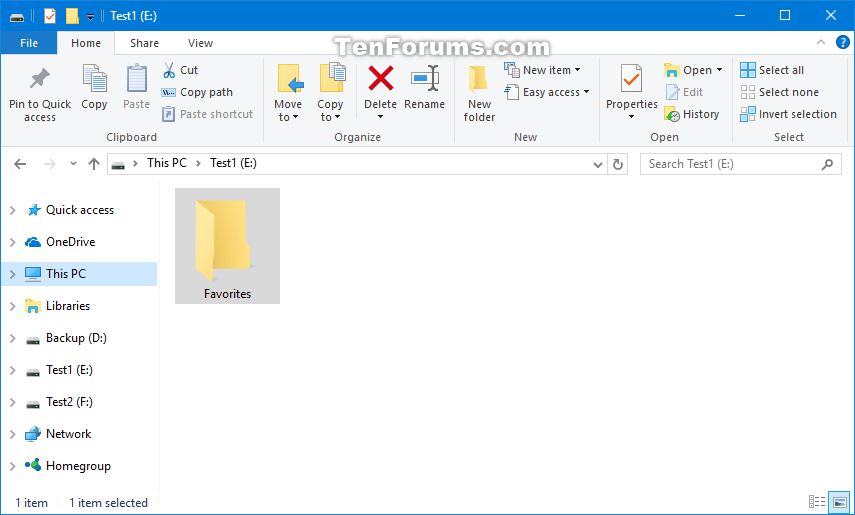

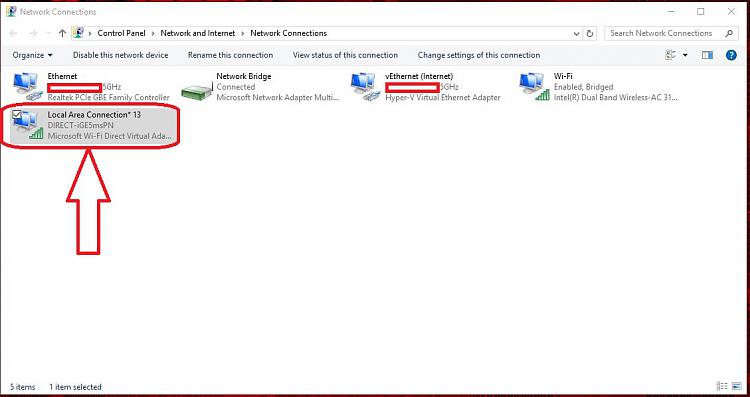
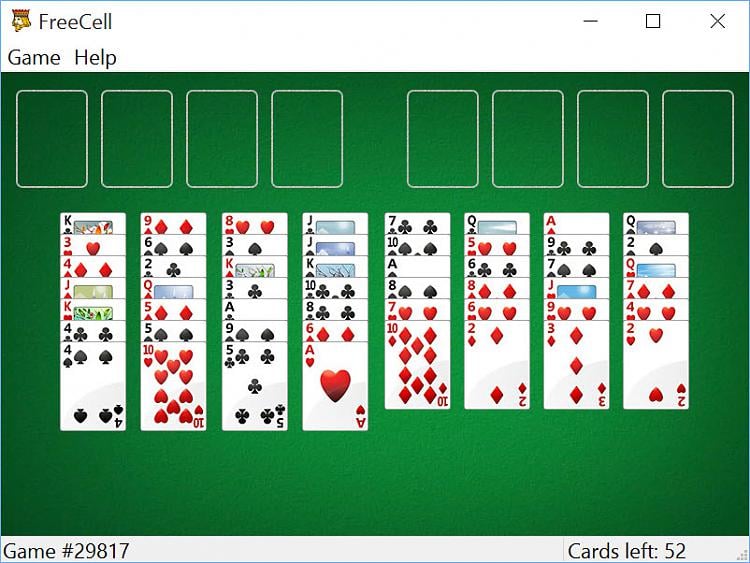





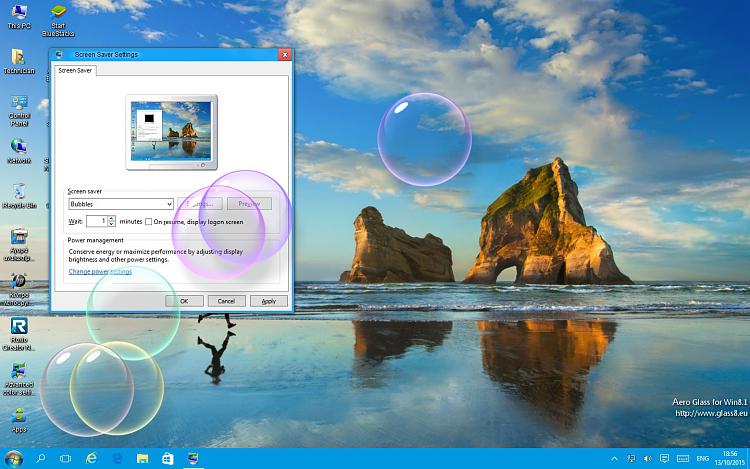







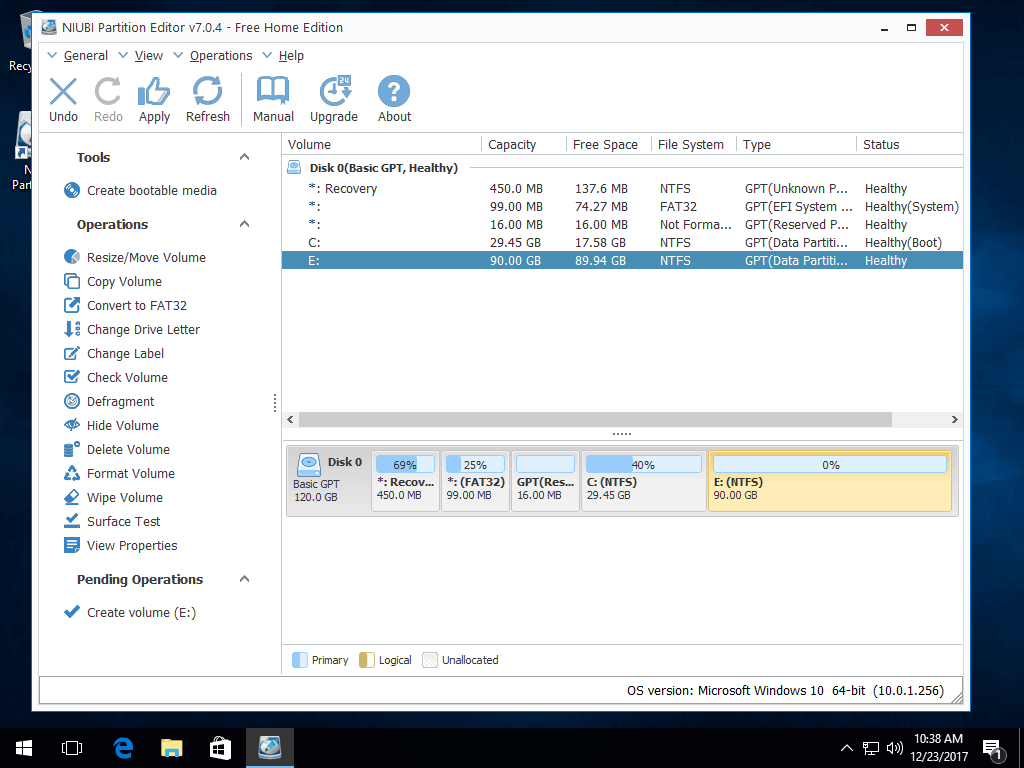


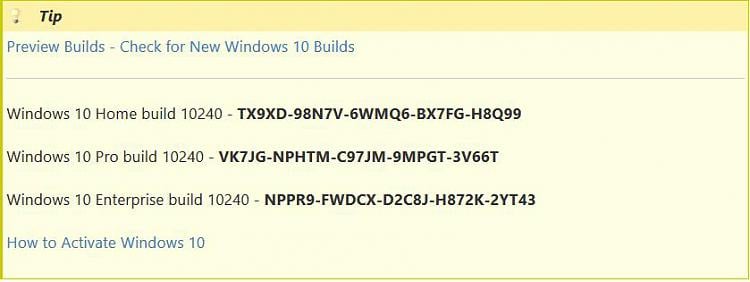




No comments:
Post a Comment
Note: Only a member of this blog may post a comment.